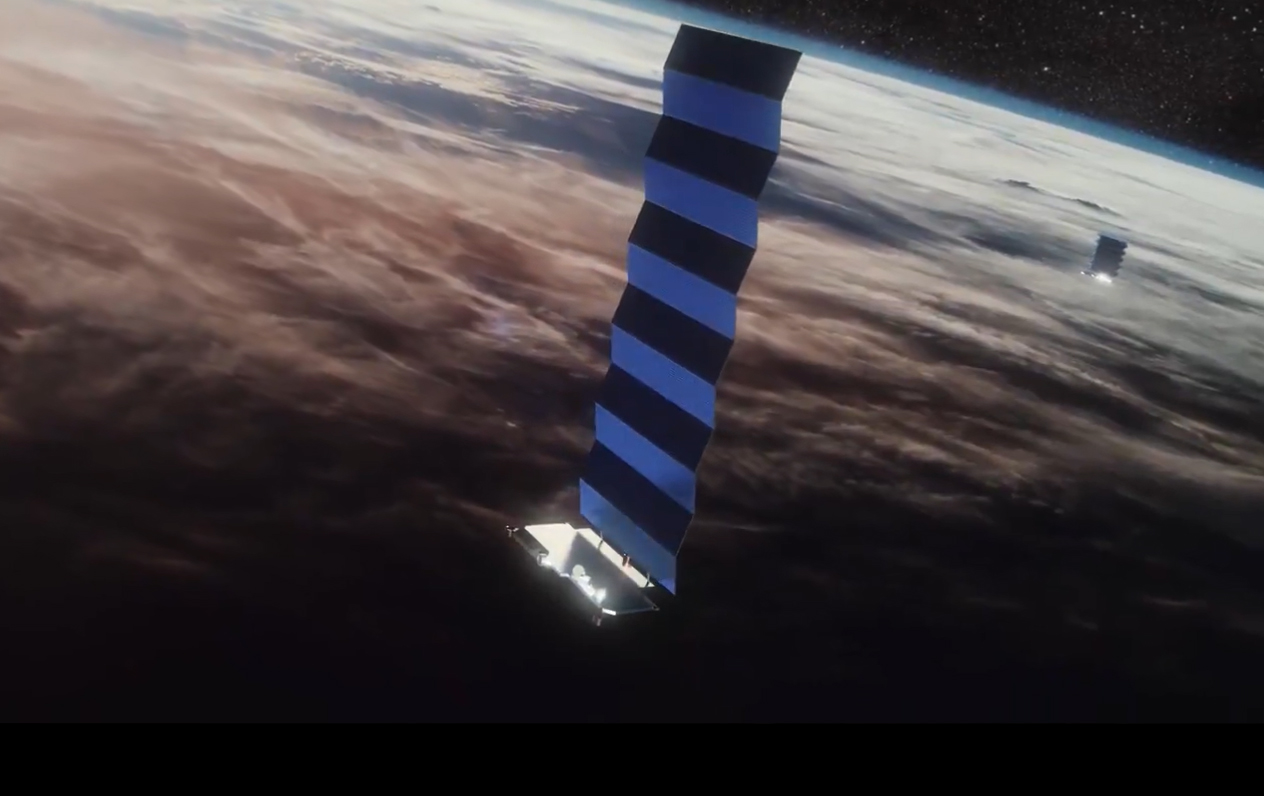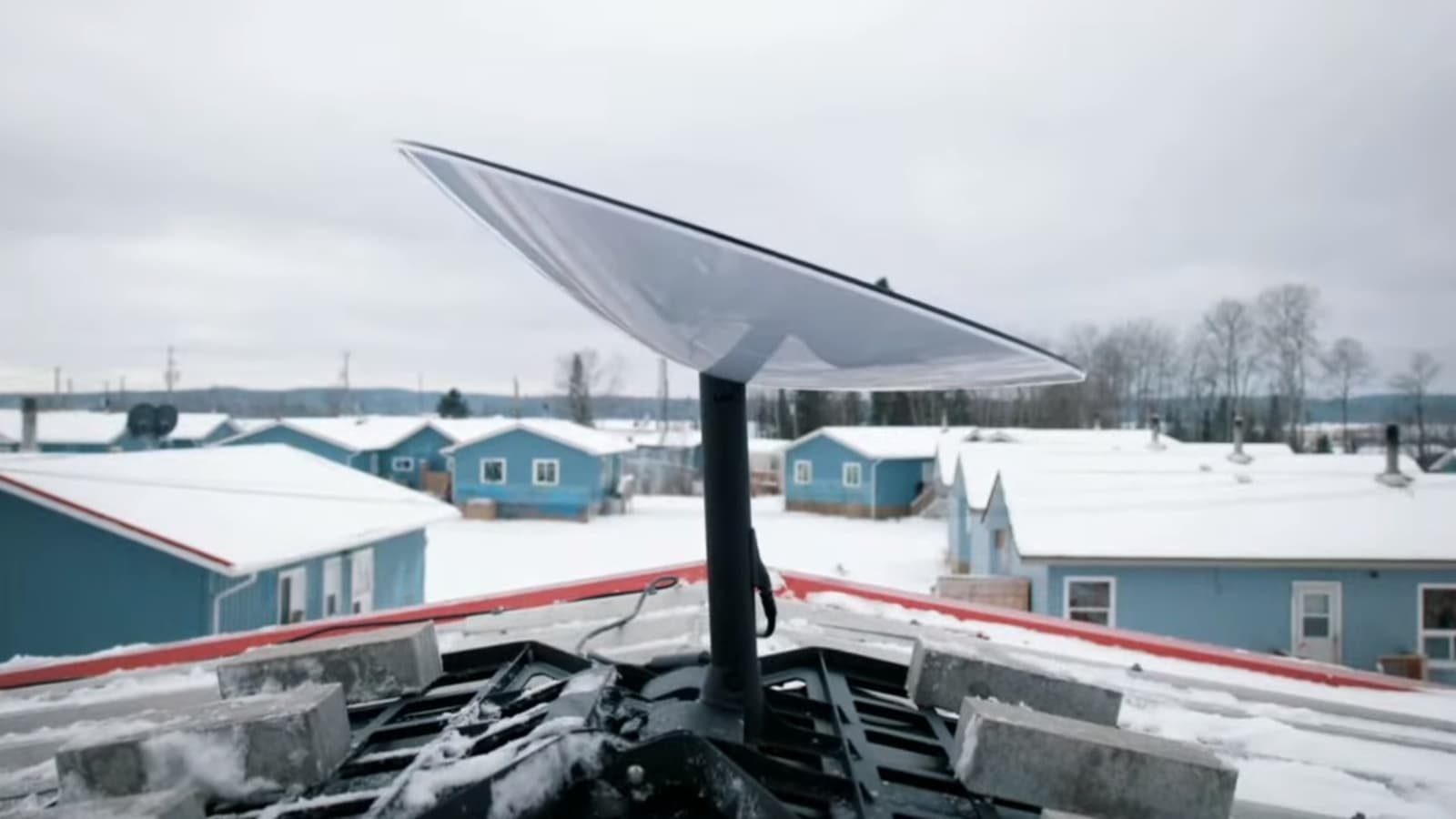
Since the four weeks of the Russian-Ukrainian war, the battle situation has been in a stalemate. As the Russian artillery continued to bomb the front-line cities of Ukraine and the capital Kyiv, the damage to infrastructure such as the network has expanded. Therefore, the Ukrainian army is expected to rely more and more on SpaceX’s Starlink network. .
Since the outbreak of the Crimea crisis in 2014, a group of remote-controlled aircraft enthusiasts and volunteers with engineer backgrounds in Ukraine have formed a reconnaissance team to join the conflict in the Donbas region. They used their own expertise and made their own detectors. It also refitted small commercial drones to assist the Ukrainian army in reconnaissance, and also installed camera systems at commanding heights throughout the town, making a significant contribution to the Ukrainian army’s intelligence.
This volunteer team was later added to the regular army system by the Ukrainian government and named “Aerorozvidka”. It is equipped with PD-1 and PD-2 military drones developed by Ukraine’s UKRSPEC Systems. In recent years, it has been associated with NATO and the United States many times. Teams train and practice together.
However, after the attack was blocked, the Russian army began to bomb the infrastructure of front-line cities such as Kyiv, Odessa, Kharkov, and Mariupo with artillery units for a long time. Therefore, two weeks ago Ukraine Deputy Prime Minister Mykhailo Fedorov ) asked SpaceX CEO Elon Musk for help on Twitter, and Musk immediately delivered Starlink equipment to Ukraine within a week.
Therefore, the Ukrainian military aviation reconnaissance team can now maintain smooth connections with Kyiv, the frontline headquarters, and drones through Starlink, even in a field environment lacking network connections. In addition to reconnaissance, it can also guide at any time. Artillery units, or strapped to artillery shells to attack Russian targets.
The Ukrainian military aviation reconnaissance team uses the UAV operating system code-named “Delta”. It is generally believed that this system is directly assisted by NATO to develop, and can be directly connected to the US and European reconnaissance systems, and then used with Starlink to make up for the damage to the basic network facilities. The connection ability of the Ukrainian army has made the Ukrainian army more worry-free in reconnaissance and guidance.
Russia is quite angry about Musk’s support. Dmitry Rogozin, director of Russian aerospace (Roscosmos), said that this is proof that Russia should never trust the West. Musk has repeatedly claimed that his technology is purely for civilian use, but when Russia is in the When safeguarding his core interests, he chose to take sides.
With the assistance of Starlink and the “Switchblade” suicide drone that the U.S. military will deliver in the near future, the Ukrainian air reconnaissance team will be able to significantly increase its attack capabilities.
Admiral James Dickinson, commander of the U.S. Space Command, also told Congress recently that Starlink’s performance in the Ukrainian battlefield shows the importance of low-orbit satellite constellations in future wars, and the U.S. military will speed up research on the use of related tactics .








/cdn.vox-cdn.com/uploads/chorus_image/image/68931739/1231167449.0.jpg)




You must be logged in to post a comment.